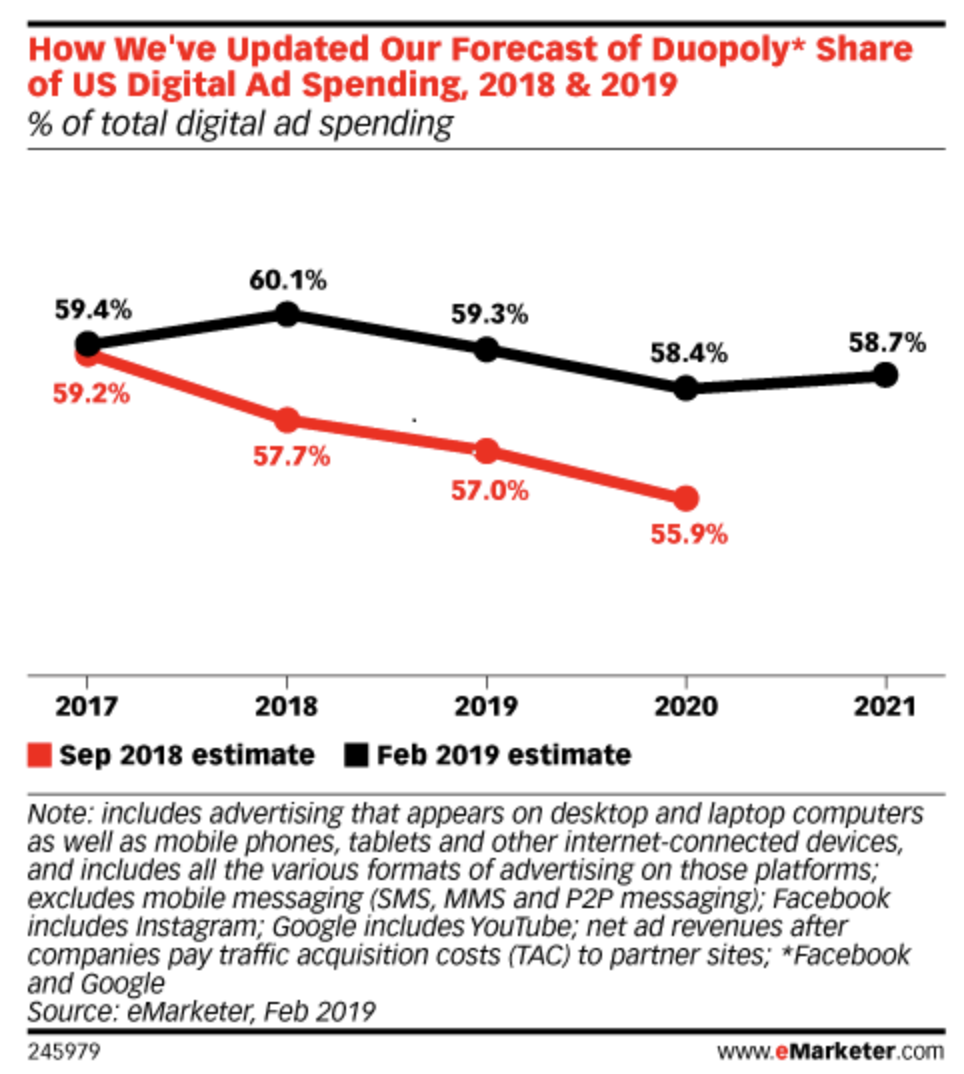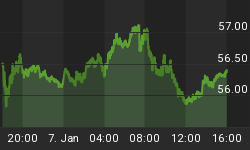It might have been a long time coming, but it’s finally happened: U.S. online ad revenue has reached the ‘magical’ $100-billion zenith for the first time ever. A report commissioned by the Interactive Advertising Bureau (IAB) and conducted by PwC shows that internet advertising revenues in the country increased 21.8 percent in 2018 to $100.7 billion, a record for the industry.
In sharp contrast to the industry’s double-digit growth, traditional ad formats including TV and radio continue being lackluster. TV advertising expanded 1.4 percent while radio could only manage an anemic 1 percent growth over the timeframe. Meanwhile, print media fared even worse, with newspaper advertising shrinking 6.9 percent while magazine advertising fell 2.1 percent.
Primed for growth
The impressive digital growth numbers confirm healthy momentum in an industry that appears primed for multi-year growth.
Zooming in on industry trends reveals more or less what we have already become accustomed to: the usual suspects, Google, Inc. and Facebook, Inc., hogging ad dollars, but this time with a new twist: Amazon, Inc. emerging as a genuine contender for top ad vendor slots.
The report says 75 percent of ad revenue was concentrated with the top 10 ad vendors during the final quarter of 2018, but the trio could take as much as 70 percent of all revenue by 2021. Amazon is likely to be the big winner, with digital ad revenue expected to grow 50 percent to reach 8.8 percent of overall revenue in 2019.
Google and Facebook investors though can rest easy-- the duopoly is expected remain unflappable, ceding only minimal market share to Amazon--eMarketer provided estimates in February that their combined market share will fall just 60 basis points from 59.3 percent at the beginning of 2019 to 58.7 percent two years later.

(Click to enlarge)
Source: eMarketer
Regarding the performance of different digital ad formats, the IAB report says mobile and video continued leading digital marketing’s growth, with mobile jumping 40 percent Y/Y to hit $69.9 billion while digital video revenue expanded 37 percent to 16.3 billion.
Erstwhile red-hot social media advertising, however, may be losing some of its shine. While still impressive, last year’s growth clip of 30.6 percent clocked in well below the torrid compound annual growth rate of 46.6 percent for the period spanning 2012-2018, as per PwC.
But that was probably the only blip in the report.
The report called out revenue stemming from the emergence of the direct-to-consumer marketing model as a key driver of some of that growth. eCommerce companies are increasingly using consumer data such as browsing and purchasing history to let marketers reach their audiences programmatically in highly targeted ways. Newer elements like shoppable ads as well as more sophisticated search capabilities are increasingly turning clicks into actual conversions.
Digital advertising overtakes traditional in 2019
The outlook for the industry is just as bright in the near-term: the digital ad industry is expected to achieve yet another milestone by overtaking traditional advertising in 2019. eMarketer estimates the industry will expand another 19 percent in the current year to hit $129.34 billion—good for 54.2 percent of total US ad spending. Mobile is expected to continue its dominance, taking more than two-thirds of digital ad dollars, at $87.06 billion this year.
Related: Banks Are Doubling Down On Risky Credit Card Debt
However, that does not mean that everything is going to be rosy. The reports points to potential headwinds introduced by a changing regulatory environment—and there is no shortage of those, including from unexpected quarters.
Case in point is Democratic presidential candidate Sen. Elizabeth Warren’s proposal to break up Amazon and other tech giants, something that’s likely to sit very well with Trump’s administration.
Though not exactly antitrust concerns, her views chime with Trump’s saying these companies have “…too much power over our economy, our society, and our democracy.” Further, newly enacted regulations like the EU’s GDPR as well as the California Consumer Privacy Act are increasingly impacting U.S. companies.
Nevertheless, the consensus seems clear: the digital ad industry has no lack of growth runways and will continue to dominate the ad landscape for many years to come.
By Alex Kimani for SafeHaven.com
More Top Reads From Safehaven.com:

















